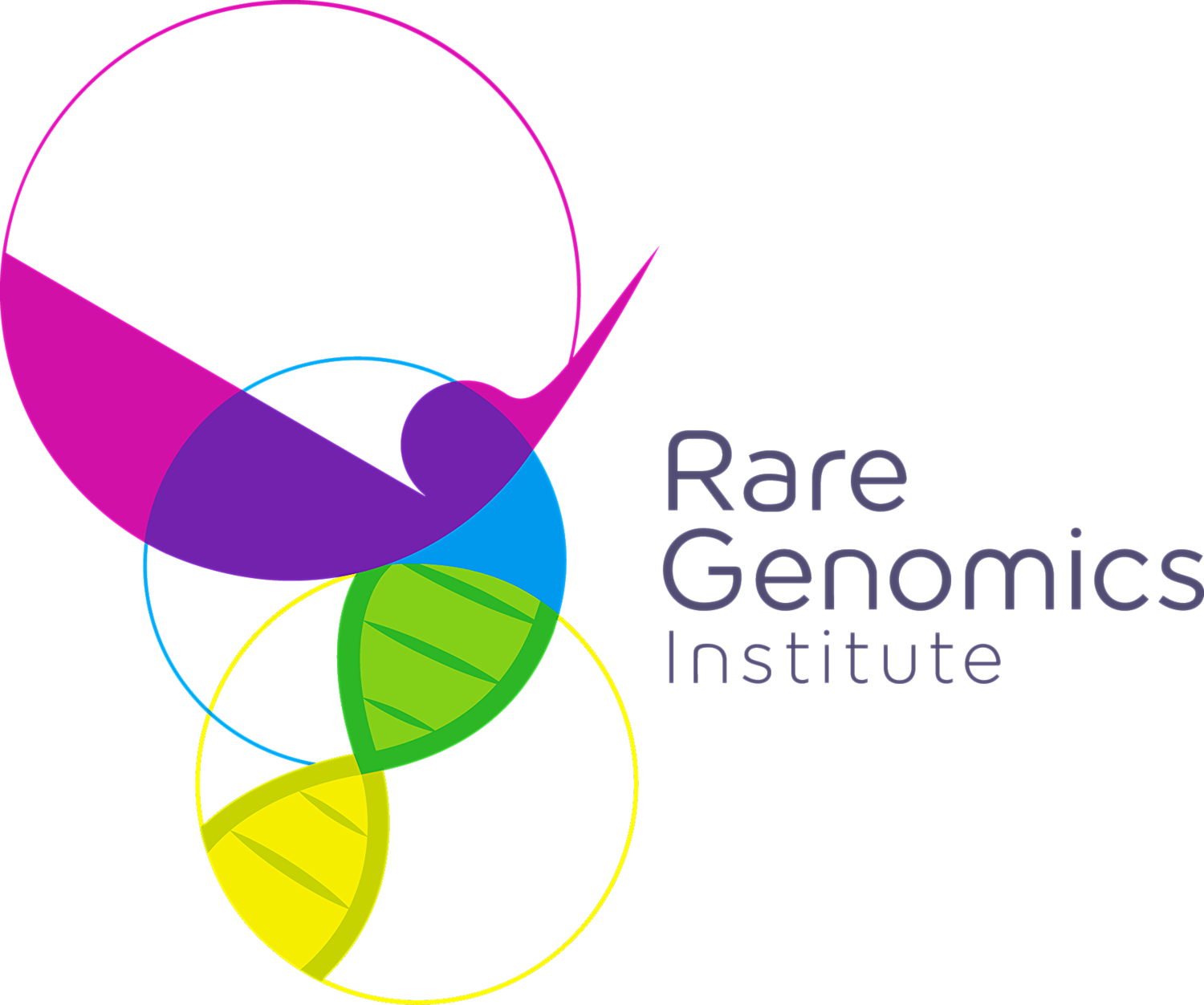COVID-19 and Rare Disease Patients
/The COVID-19 pandemic has put constraints on all of our lives. Many of our daily interactions now take place virtually. When we do head out of the house, people will of course wear masks and keep their distance from others.
However, it is not only social interactions which have been impacted. Among other things, doctors’ visits and clinical trials now must take place in altered ways. Many have experienced virtual appointments with their physicians. For those battling rare diseases, virtual visits can pose unique challenges. Also, many clinical trials either cannot take place, or are significantly delayed due to the pandemic.
The National Organization for Rare Disorders (“NORD”) is currently soliciting responses to a survey concerning the effectiveness of telehealth appointments for rare disease patients: https://rareaction.org/take-action/#/67.
NORD reports the delay of certain clinical trials today will lead to a delay in the arrival of new treatments for rare diseases in the long term(1). The impact of COVID cannot be understated on the rare disease patient population. Often, investigational drugs and therapies are the best route to individual treatment. Without the prospect of timely and extensive clinical trials, investigational treatments may not be widely available to patients.
An article published in the British Medical Journal (“BMJ”) explains that rare disease patients experience health care inequality as compared to the entire population at all times(2). Further, BMJ illustrates how the health care gap experienced by those living with rare diseases is exacerbated by the pandemic. Now, more than ever, there is uncertainty for patients concerning diagnosis, treatment options and even life expectancy.
The Rare Genomics Instutite (“RG”) is committed to helping patients find the treatment that is right for them. However, our work does not occur in a vacuum. Innovations in rare disease treatment, and the ability to connect people to the physicians who can treat them properly, has undoubtedly been affected by the pandemic.
The National Institutes of Health (“NIH”) argues that though individual rare conditions occur only in a small subset of the international population, between six and eight percent of the population of Europe is affected by rare diseases(3). The impact of the health disparities for those living with rare diseases cannot be understated. The fact that those disparities are highlighted by the pandemic should only hasten international response to treating rare conditions.
We can do a lot of work behind closed doors. Many people have not lost a step in their productivity simply due to the new challenges of virtual interaction. However, it goes without saying that some things require face-to-face meetings. Rare disease patients have been disproportionately affected by COVID-19, not only in their ability to maintain ongoing treatments, but in the search for new ones.
